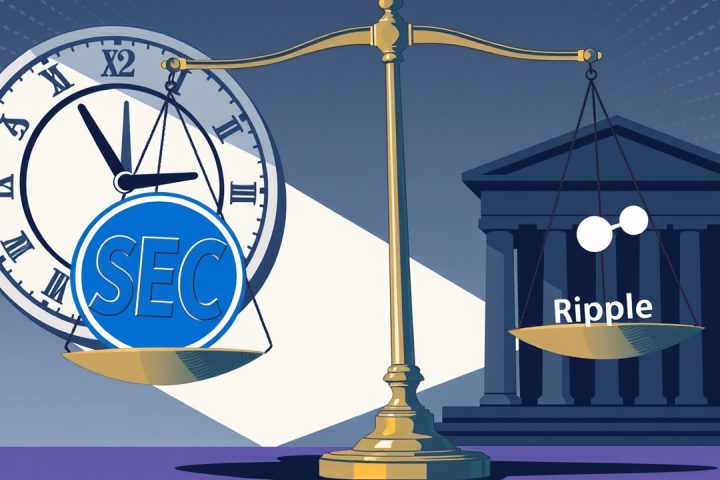Len Sassaman: A Pioneer in Cryptography and Digital Privacy
Len Sassaman, a prominent figure in the realms of cryptography and digital privacy, significantly influenced contemporary security practices through his groundbreaking work and advocacy. Born in 1980 in Pottstown, Pennsylvania, Sassaman displayed an early fascination with technology, which his supportive middle-class family nurtured. This environment fostered his curiosity about computers, allowing him to explore programming from a young age.
Education and Early Contributions
Sassaman’s formal education at The Hill School, a prestigious private institution in Pennsylvania, played a crucial role in solidifying his technical abilities. He graduated in 1998, excelling academically, particularly in computing and programming. His passion for digital security deepened during his involvement with the Internet Engineering Task Force (IETF) at just 18, where he contributed to establishing crucial internet protocols, although he also faced personal battles with depression during this time.
Advocacy for Privacy Protection
With a career emphasizing privacy protection, Sassaman became a respected member of the cypherpunk movement, which advocates for using cryptography to safeguard individual freedoms in the digital age. His prominent contributions include the development of Mixmaster, an innovative anonymous remailer system that enabled users to send emails without revealing their identities. This tool proved essential for activists and whistleblowers, highlighting his commitment to user privacy.
Not only did Sassaman maintain Mixmaster’s code, ensuring its reliability in protecting user anonymity, but he also echoed this dedication through his work on PGP (Pretty Good Privacy) and OpenPGP standards. He was instrumental in enhancing these encryption technologies, making digital communication more secure and accessible. His role as a systems engineer and security architect allowed him to delve into the practical implications of privacy threats, paving the way for more robust online security methods.
Research and Impact
Throughout his career, Sassaman co-authored over 45 research papers focused on cryptography and security, advocating for the use of formal methods to validate protocols against established attack models. His keen insights and critique of X.509 certificate authority systems helped identify vulnerabilities, prompting essential reforms that bolstered HTTPS security practices.
Legacy and Speculation
Tragically, Sassaman’s life was cut short when he died by suicide in July 2011 at the age of 31. His sudden passing raised important discussions about mental health within the tech community, particularly in high-pressure fields like cryptography.
Following his death, speculation about Sassaman’s potential connection to Bitcoin’s enigmatic creator, Satoshi Nakamoto, surged. Theories linking him to Nakamoto were fueled by his involvement with key figures in the cryptocurrency space and his cryptographic expertise. Despite such speculation, his widow and close colleagues have denied these claims, leaving questions surrounding Nakamoto’s identity unresolved.
In remembrance, Sassaman’s contributions to digital privacy and his influence on technologies that prioritize security and anonymity continue to resonate. He is honored in various tributes, and his legacy inspires ongoing discussions about user privacy and the ethical dimensions of technology in our digital future.




